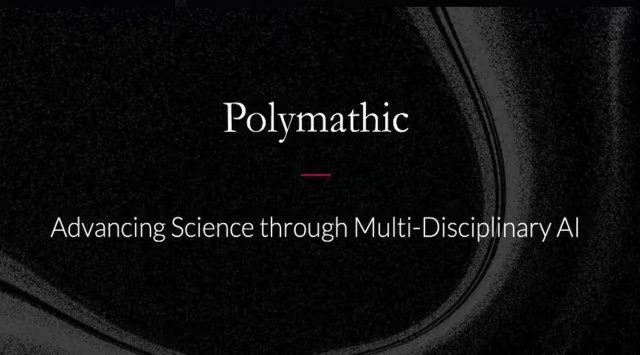We are excited to bring you the latest update on a groundbreaking development in the world of artificial intelligence: Polymathic AI, the revolutionary tool poised to transform the way we approach scientific research. While ChatGPT has been turning heads with its text-based capabilities, Polymathic AI is set to revolutionize science by harnessing the power of numbers and physics simulations. In this edition, we dive into the fascinating world of Polymathic AI and its potential to reshape scientific discovery.
Unveiling Polymathic AI: Beyond Words and Sentences
A group of brilliant scientists is currently hard at work on a cutting-edge tool known as Polymathic AI, which shares its roots with the technology behind ChatGPT. However, the similarities end there. Unlike ChatGPT, which primarily works with text, Polymathic AI is designed to handle numerical data and conduct complex physics simulations.
Shirley Ho, the AI project lead, boldly asserts that Polymathic AI will fundamentally alter the landscape of AI and machine learning applications in the field of science. This tool promises to bridge the gap between AI and various scientific disciplines.
A Leap Forward in Scientific Modeling
In a recent blog post on the Simons Foundation website, it was revealed that Polymathic AI is set to empower scientists across a multitude of fields, enabling them to model a wide range of phenomena, from "supergiant stars to Earth's climate." This tool seeks to overcome limitations in accuracy that are often associated with AI models by treating numbers as actual, tangible entities, as opposed to mere characters.
A significant milestone in the development of Polymathic AI was marked by the release of a scientific paper authored by members of the project team. This paper showcases how broadly pre-trained AI models can not only compete with but even outperform AI models fine-tuned for intricate tasks, such as simulating the complex physics of turbulent fluid flow. By harnessing large pre-trained models, Polymathic AI offers a host of advantages over creating models from scratch, even when the training data seems unrelated to the problem at hand.
A Truly Cross-Disciplinary Approach
While most AI models are tailored for specific use cases, the team behind Polymathic AI is championing a holistic, cross-disciplinary approach. This unique AI tool will draw knowledge from diverse scientific domains, including physics, chemistry, genomics, and astrophysics. It will leverage this knowledge to unite seemingly disparate subfields into a collective force greater than the sum of its parts.
The Dream Team
The minds driving the Polymathic AI project are nothing short of exceptional. The team comprises experts from various scientific backgrounds, including mathematics, AI, neuroscience, astrophysics, and physics. These talented individuals hail from esteemed institutions such as the Simons Foundation, Flatiron Institute, New York University, Lawrence Berkeley National Laboratory, University of Cambridge, and Princeton University.
As Polymathic AI continues to evolve, its potential to reshape the scientific landscape is nothing short of awe-inspiring. We eagerly await the day when this revolutionary tool will usher in a new era of scientific discovery and cross-disciplinary collaboration.
Stay tuned for more updates on Polymathic AI, the future of scientific exploration!




